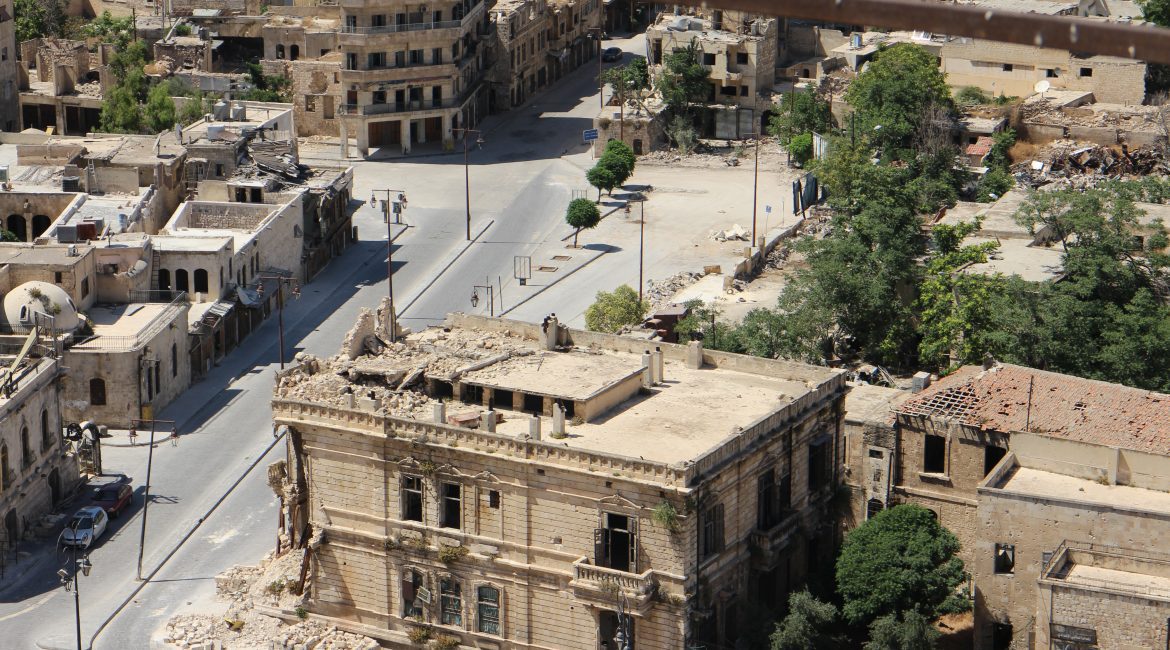The war in Syria has already been going on for 12 years, March 15, 2011 being considered the date of the start of the conflict. At that time, in the midst of the Arab Spring, the republic was overwhelmed by mass protests. Ultimately, the political crisis escalated into violent clashes, in which external forces were intensely involved. In particular, Turkey has supported the Syrian opposition and the United States, Saudi Arabia and Qatar also lent their support in the early years.
Despite the cessation of major fighting, one cannot say that the Syrian conflict is frozen. Isolated clashes still take place on the territory of the country, particularly involving foreign states.
Currently, around 65% of the territory is under the control of the Syrian government. Most of the northeastern provinces of Raqqa, Hassakeh, as well as the northern parts of the province of Deir ez-Zor are controlled by the Syrian Democratic Forces, composed mainly of Kurdish militias. Part of Idlib is occupied by the radical Hayat Tahrir al-Sham movement. Several districts of Aleppo, Raqqa, Hassakeh and Idlib are under the effective protectorate of Ankara, established after the Turkish military operations Euphrates Shield, Olive Branch and Source of Peace.
A hotbed of terrorism persists in Syria. But the peak of extremist threat activity came in 2015, when the Islamic State (ISIS) took control of many major cities. Although the main forces of this group have been defeated, ISIS sleeping cells continue to operate in the Syrian desert. According to the UN, between 6,000 and 10,000 ISIS terrorists are in Syria and Iraq, not to mention representatives of other organizations. Additionally, thousands of terrorists are being held in Syrian prisons (including those controlled by the Syrian Democratic Forces), which are becoming hotbeds of jihadist ideology.
The risk of escalation between regional countries remains. Indeed, the American military base of Al-Tanf is in the southeastern province of Homs, near the Jordanian and Iraqi borders. Syria can also be seen as a stronghold for Russia in the Middle East. In 2015, Russia launched a military operation against ISIS after Damascus required help from Moscow. Currently, the Russian air base in Hmeimim and the naval base in Tartous are located in Syria. Iran has significantly increased its presence in the country over the past few years. Turkey, meanwhile, regularly warns about the possibility of launching a new military operation in northern Syria against Kurdish militias.
Thus, it is not excluded that the tense relations between Moscow and Washington are transposed to Syria. On the other hand, the Syrian crisis can show that Russia and the United States are able to find points of convergence, even in a complex situation like the one that has arisen in Ukraine.
Another problem is the serious humanitarian crisis. According to the UN, 90% of Syrians live below the poverty line. In 2022, the international organization allocated only 47% of the amount necessary for the implementation of humanitarian programs. Humanitarian problems are compounded by fuel shortages as well as high food prices.
Major economic difficulties exacerbate the situation. The conflict encouraged an underground economy that plays an important role in Syria, and this maintains a high level of corruption. Civil infrastructure has yet to be restored in the country, and US and EU sanctions against Damascus are hampering economic recovery.
The war in Syria showed that the military solution to the conflict was doomed to failure and that the establishment of political peace was practically the only possibility to resolve the crisis. However, the unresolved Kurdish problem remains one of the main obstacles to resolving the conflict. The northeastern regions of Syria, controlled by the Syrian Democratic Forces, claim broad political and economic autonomy. It will not be possible to progress without an agreement between the government in Damascus and the Syrian Kurds on the country's post-war structure. The willingness of the government to seek a compromise that takes into account the interests of the Autonomous Administration of North and East Syria could help resolve the crisis. The successful experience of Iraq, where the Kurds benefited from a fairly large autonomy, could serve as an example for solving a similar problem.

